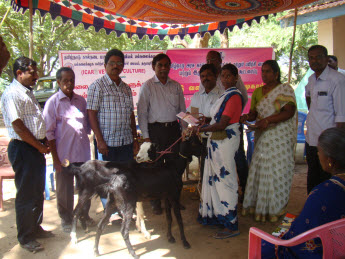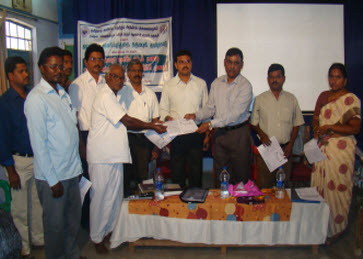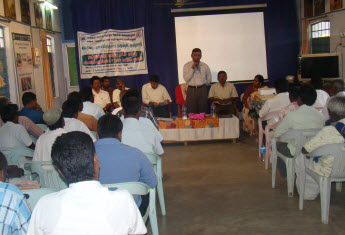Veterinary University Training and Research Centre, Dharmapuri was started on 14.12.1980. On 30.8.86, the centre was shifted to its own building at Gundalapatti, Dharmapuri – 636 703, located 6 kms from Dharmapuri on NH 7.




The following university sub projects are in operation from 1.4.03 for a period of one year
The Associate Professor and Head,
Veterinary University Training and Research Centre,
Gundalapatti Road, Dharmapuri – 636 703.
Phone No : 04342-288 420